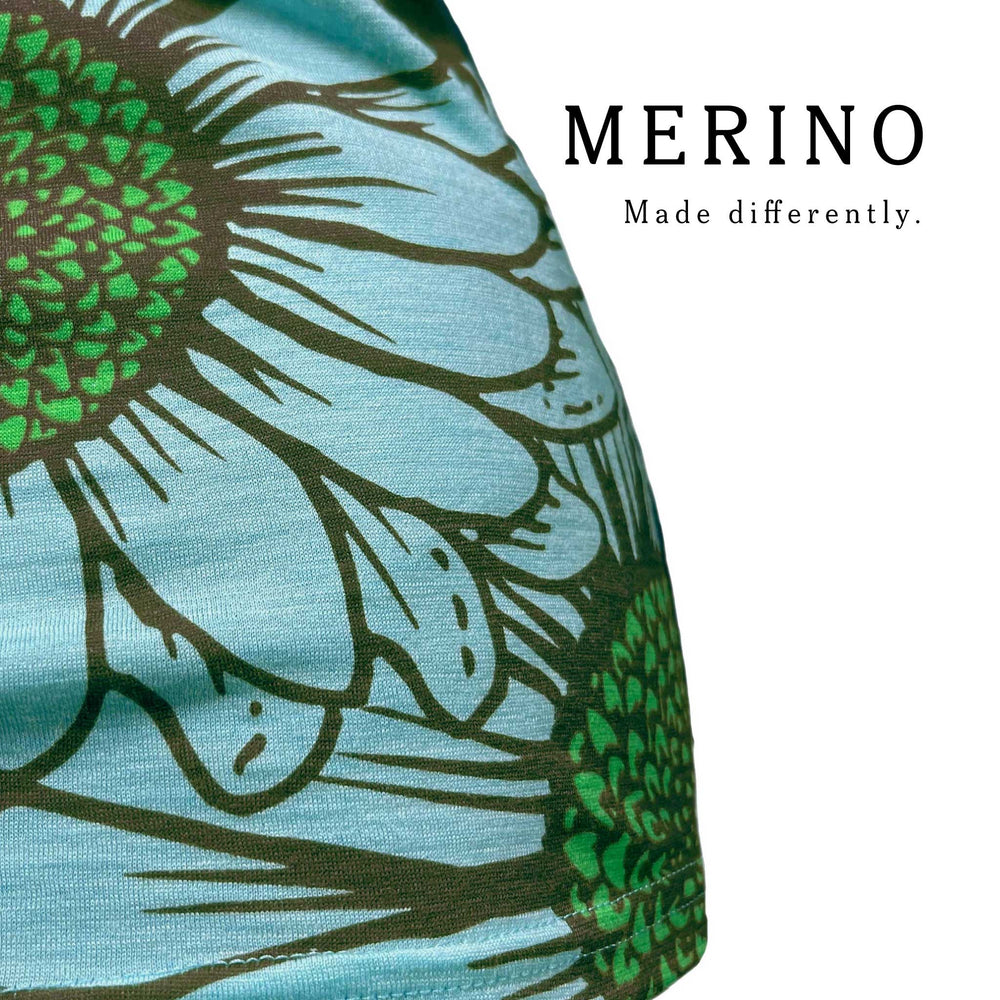
Words and photos by Brenda Clapp and Chris Burr
Peaking later in life and bagging hill tops in Taiwan.
There's nothing like a significant birthday rolling around to make you get to work on your bucket list. We had one item on our list that needed action sooner rather than later, due to the uncertainty of ‘world politics’ and that was exploring Taiwan. The original idea was to motorbike around the island (approximately 4 times smaller than the South Island of New Zealand), but we got the throttle twisting bug out of our system a decade ago. Now focusing on making the most of being fit and healthy we decided to bikepack and explore the extensive range of cycleways and mountain passes that Taiwan has to offer. So leave was booked, bikes were shoehorned in to boxes and away we went.

The suggested route for cycling Taiwan circumnavigates around the island using the relatively flat cycle trail network, but Taiwan boasts over 260 mountains over 3000m high. Having cut our teeth bikepacking in the remote backcountry of NZ, it was big climbs and quiet roads we wanted. A little homework reading blogs and websites provided a wealth of information.

There is an active community that love nothing more than suffering big climbs and bagging summits. We linked together some of the more significant climbs in a roundabout lap of Taiwan and called it Plan A. But plans change and the weather was going to play a big role in changing ours.

We timed our trip to be after the wet/typhoon season (late October) with temperatures in the mid 30s. Accompanied with the high humidity, we were constantly soaked from sweat. If we weren’t soaked from the heat, we were wet from the rain which was a welcome relief from the temperature. I was worried about sunburn, so opted for a Yank Women’s Flower Power Long sleeve. For my feet, I went with Yank Performance Merino Quarter Sock. Both were worn everyday with only the occasional wash. They performed well under the pressure of heat, humidity, smell and overall look.
We used Google Maps as our navigation tool and it provided some interesting route choices – often the roads less travelled, where we might see only one vehicle in four hours. These remote roads were still smooth and littered with amazing infrastructure like tunnels and rock shelters.

 One thing Google Maps didn’t seem to calculate was gradient for its cycle routes. Often the route would say “steep hills” or “Hilly”. We soon learnt this mean lock in the lowest gear for 4 hours and try to avoid blowing up. We ended up climbing over 17000m vertical during the 1500km tour.
One thing Google Maps didn’t seem to calculate was gradient for its cycle routes. Often the route would say “steep hills” or “Hilly”. We soon learnt this mean lock in the lowest gear for 4 hours and try to avoid blowing up. We ended up climbing over 17000m vertical during the 1500km tour.
 Our planned route was going well and providing everything we could hope for. But then an out of season typhoon hit the Taiwan’s east coast (biggest since 1996). The whole country shutdown and we had to hunker down for a couple of days as the typhoon tracked across the country. The typhoon ended veering further north and only provided us with strong winds at our location. As a hydrologist, I was disappointed not to witness a large-scale storm in the flesh, but it was a greater relief knowing that most of the country had been spared from the devastation they can bring.
Our planned route was going well and providing everything we could hope for. But then an out of season typhoon hit the Taiwan’s east coast (biggest since 1996). The whole country shutdown and we had to hunker down for a couple of days as the typhoon tracked across the country. The typhoon ended veering further north and only provided us with strong winds at our location. As a hydrologist, I was disappointed not to witness a large-scale storm in the flesh, but it was a greater relief knowing that most of the country had been spared from the devastation they can bring.

After the typhoon, we were unsure if our intended route, which included a major pass, was still open. The government website was confusing, so we headed to the nearest police station to find out.

It so happens that the Taiwanese police like cyclists and offer some of their rural stations as welcoming cyclist stops where you can repair your bike or stay the night. It took six police and much pointing at a map to get across what we wanted to know. Unfortunately, we didn’t get the answer we wanted, so quickly had to come up with a plan B.
 Plan B became a visit to a village called Wutai, known for its tribal culture and more importantly an 18km hill climb to a height of with 950 m. As it was a last-minute decision, it was a push to make it up to the top in daylight.
Plan B became a visit to a village called Wutai, known for its tribal culture and more importantly an 18km hill climb to a height of with 950 m. As it was a last-minute decision, it was a push to make it up to the top in daylight.
 Part way up we had to sign in with the police and show our passports, a way of checking that everyone that heads into the area comes back safely. Embarrassingly, as we lent over the officer’s desk to sign the paperwork, sweat from out helmets dripped everywhere making the sign-in sheet ineligible (and smelly).
Part way up we had to sign in with the police and show our passports, a way of checking that everyone that heads into the area comes back safely. Embarrassingly, as we lent over the officer’s desk to sign the paperwork, sweat from out helmets dripped everywhere making the sign-in sheet ineligible (and smelly).
Crossing to the East coast we entered the region worse hit by the typhoon. We were amazed by the resilience of the Taiwanese and how quickly they could mobilize large clean-up crews. There was an air of normality despite trees, crops and structures flattened and roads damaged causing areas to be isolated.
Unfortunately, our next stop, Taroko Gorge, a spectacular feat of roading engineering and a famous hill climb had been damaged during the Typhoon. The route is used for the annual international road race, ’The KOM’, which finishes at the highest road in Taiwan – Wuling Pass at an impressive 3275m high. Now we needed a Plan C. With help from a local guesthouse owner who also happened to be a road cyclist, a new plan hatched. First, we had to convince him that we were up to the task and weren’t riding to our peril. The revised route to Wuling Pass was via the north valley. Not as spectacular as Taroko Gorge, but still a 154km climb that took 11 hours split over 1.5days. The second day was surreal as we were allowed to pass through several road closures leaving us on a large ghostly mountain pass void of vehicles.

 While not an extremely steep gradient, it became tougher as we started riding above 2000m and the air became thinner. Despite the summit being clouded in, the 60km, 2900m descent full of sweeping corners from the top made the climb worthwhile.
While not an extremely steep gradient, it became tougher as we started riding above 2000m and the air became thinner. Despite the summit being clouded in, the 60km, 2900m descent full of sweeping corners from the top made the climb worthwhile.
 While we were hampered with weather events and our original route impassible in places, we were able to make best of what we had, especially with help from the friendly locals. Would we go back – hell yes. While heavily populated compared to NZ, we felt safer on the roads than here, the food was fantastic, accommodation reasonably cheap and the riding was spectacular.
While we were hampered with weather events and our original route impassible in places, we were able to make best of what we had, especially with help from the friendly locals. Would we go back – hell yes. While heavily populated compared to NZ, we felt safer on the roads than here, the food was fantastic, accommodation reasonably cheap and the riding was spectacular.


